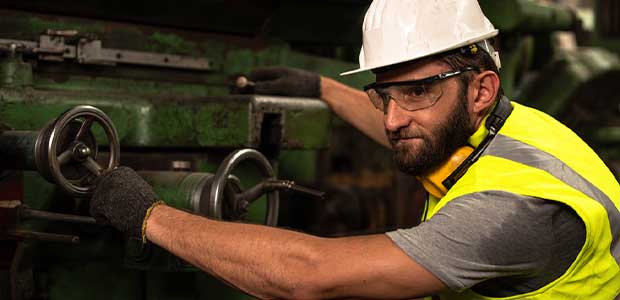
The Eyes Have It: Protecting Employee Vision with PPE
Selection and wearing the right eye protection saves on pain, recovery and cost.
- By Randy DeVaul
- Sep 01, 2022
Employers must commit time, energy and resources to purchasing and providing PPE to their employees. Yet, an estimated 2,000 work-related eye injuries occur every day in the United States, with studies showing 90 percent of those injuries are preventable. More than 75 percent of those injuries are from employees choosing to not wear the eye protection provided for the task.
Most employees want to work in a safe manner. So why do these preventable eye injuries keep occurring? How do we reduce the frequency and severity of these injuries?
Consider management decisions and actions. For example, how effective is your PPE risk assessment? After all that effort, are your purchasing decisions based on price alone or securing PPE that actually offers comfort, fit and function?
Ask your employees why they struggle wearing the provided PPE or choose not to wear it and you will likely hear:
- “It’s uncomfortable.”
- “I can’t see.”
- “I don’t need it.”
- “I don’t like the way they look.”
You have likely conducted the risk assessment and already know your employees’ hazard exposures. The task is to help employees understand the risks and find eye protection that meets ANSI Z87+ requirements and meets your employees’ needs.
Cost of an Injury
Beyond the injury itself, eye incidents are expensive. There is always a risk of vision loss. Whether temporary or permanent, that loss impacts the quality of life of that person and family. An injured person will experience significant pain and discomfort during recovery. The quality-of-life impact includes changes to family routines, loss of income, inability to see or interact with loved ones in daily activities, additional stress and long-term depression, anger and changes in relationships.
Along with the physical, emotional and quality-of-life implications, there are financial costs. Using the OSHA “Safety Pays” calculator, a vision loss injury has a direct cost of $76,000. If the eye requires surgical removal, the cost exceeds $100,000. A “simple” removal of an embedded object is $22,000.
This article originally appeared in the September 1, 2022 issue of Occupational Health & Safety.